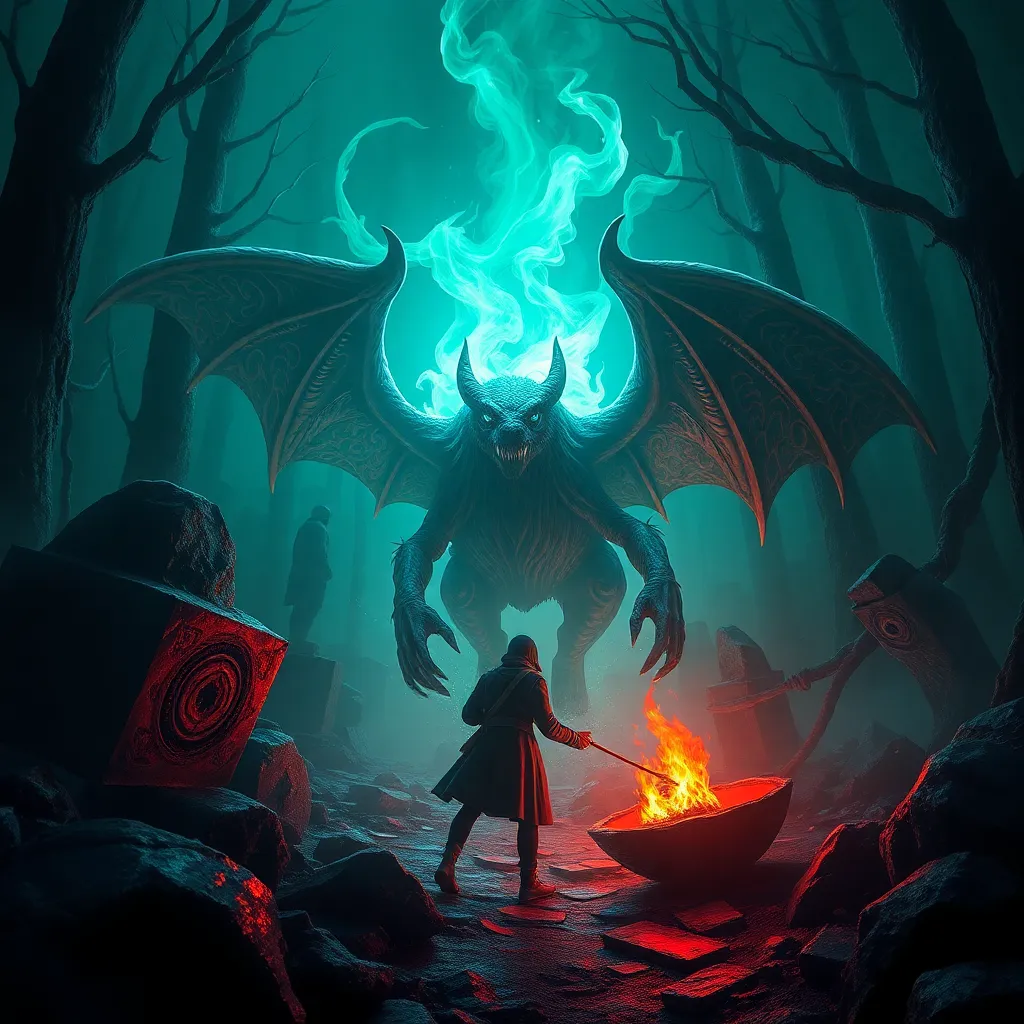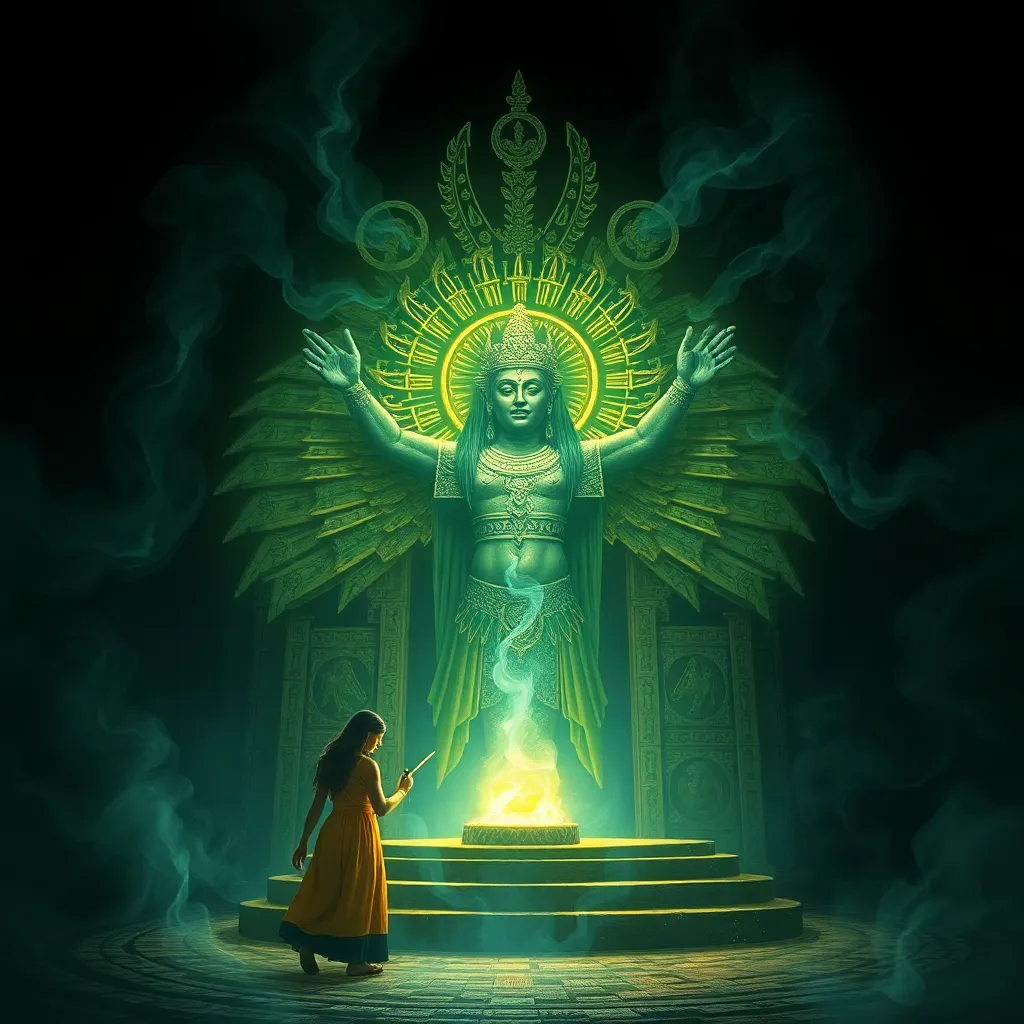The Dragon’s Lineage: Examining the Relationships Between Different Dragon Species in Myth
Introduction: The Allure of the Dragon
Dragons, those mythical creatures that have captured imaginations for millennia, are more than just fearsome beasts. They are powerful symbols of nature, wisdom, and the unknown. Across cultures, dragons have taken on a variety of forms, each reflecting the unique beliefs and experiences of the people who created them. From the serpentine dragons of the East to the winged fire-breathing monsters of the West, these creatures embody a primal fascination with the power and mystery of the natural world.
Dragon Mythology Across Cultures: A Global Phenomenon
The dragon’s presence in mythology is truly global. From the ancient civilizations of China and Mesopotamia to the folklore of Europe and the Americas, dragon stories have woven themselves into the fabric of human culture. Each region’s dragons possess distinctive characteristics, reflecting the specific concerns and values of those societies. For instance, in Chinese mythology, dragons symbolize auspiciousness, power, and good fortune, often associated with water and rain. In contrast, Western dragons are often depicted as guardians of treasure, fierce and dangerous adversaries, and sometimes as embodiments of chaos and destruction. The diverse interpretations of dragons across cultural contexts highlight the rich and complex relationship humans have with these magnificent creatures.
Classifying Dragons: From Winged Serpents to Fire-Breathing Beasts
Despite their widespread presence and diverse forms, dragons share certain core characteristics that allow us to classify them as a distinct mythical group. We can begin to understand the relationships between different dragon species by looking at their physical forms and associated powers. Winged serpents, such as the Chinese dragon or the serpentine wyvern of European lore, typically lack limbs and are associated with water, wind, and the sky. More terrestrial dragon species, like the European dragon or the American Wyvern, possess wings and legs, and are frequently associated with fire and the earth. These classifications can help us begin to map out the lineage of dragons, understanding the commonalities and differences that exist within their diverse family tree.
The Dragon Family Tree: Recognizing Common Traits and Variations
By examining shared traits and distinct variations between different dragon species, we can further refine our understanding of their lineage. For example, the classic Western dragon, with its wings, legs, and ability to breathe fire, represents a convergence of various characteristics drawn from both serpentine and terrestrial dragons. This suggests a possible evolutionary link between different types of dragons, perhaps reflecting the blending of various mythical traditions and beliefs. Other dragons, like the Wyvern, with its two legs and wings, represent a distinct branch within the dragon family, possessing unique characteristics and perhaps representing a different evolutionary path. By considering these shared traits and variations, we can begin to map out a complex and fascinating family tree for these mythical creatures.
Dragon Kinship: Exploring the Relationships Between Species
The kinship between different dragon species can be explored through the shared characteristics and connections found within their various mythologies. For example, the Chinese dragon, with its association with water and rain, might be seen as a distant relative of the Western wyvern, which is often connected to storms and thunder. Similarly, the fire-breathing dragons of European folklore might share a lineage with the fire-breathing serpents of ancient Mesopotamia, suggesting a common origin for their fiery powers. Exploring these connections helps us understand the intricate relationships between different dragon species and how their mythologies have evolved over time.
Dragons and Humans: Interactions and Interdependence
The relationship between dragons and humans in mythology is as complex as it is varied. Dragons are often portrayed as powerful creatures, capable of great destruction but also capable of immense wisdom and generosity. In some cultures, such as in China, dragons are viewed as benevolent beings, bringing prosperity and good fortune. They are often associated with emperors and rulers, symbolizing power and authority. In other cultures, such as in Europe, dragons are often portrayed as fearsome guardians of treasure, demanding respect and challenging the bravery of heroes. These interactions, whether positive or negative, reflect the human fascination with the power and mystery of these creatures, and how we have projected our own hopes and fears onto them.
The Power of the Dragon: Symbolism and Archetypes
Dragons have served as powerful symbols and archetypes across cultures, representing a wide range of concepts and beliefs. Their ability to fly and breathe fire symbolizes the power of nature, the untamed forces of the universe. They embody both creation and destruction, reminding us of the cyclical nature of life and the constant interplay between order and chaos. Dragons can also symbolize wisdom and ancient knowledge, as they are often associated with guardians of secrets and hidden treasures. As protectors of hidden knowledge, they encourage us to seek wisdom and understanding beyond the surface. Dragons are also often portrayed as guardians of thresholds, representing the passage from one state of being to another. This symbolic connection to transformation reflects our own journeys of growth and change, urging us to embrace the challenges and opportunities that come with evolution.
Theories of Dragon Origins: Evolutionary or Supernatural?
The origins of dragons in mythology are shrouded in mystery, with various theories seeking to explain their existence. Some believe that dragons are based on real creatures, such as prehistoric reptiles or large snakes, which may have inspired ancient stories and myths. The discovery of dinosaur fossils and the study of ancient animal remains provides some evidence for this theory. However, other theories suggest that dragons are entirely supernatural beings, born from the human imagination and representing our deepest fears and desires. These supernatural theories embrace the symbolic and metaphorical aspects of dragons, viewing them as embodiments of power, wisdom, and the unknown. The debate about the origins of dragons is a testament to their enduring power and influence on human thought, reflecting our ongoing fascination with the intertwined realms of reality and imagination.
The Dragon’s Legacy: Influence on Art, Literature, and Culture
From ancient cave paintings and sculptures to contemporary fantasy novels and blockbuster films, dragons have left an indelible mark on human art, literature, and culture. Their powerful image has inspired artists, writers, and storytellers for centuries, evoking a sense of wonder, awe, and fear. Dragons are prominent figures in literature, appearing in epic poems like Beowulf and the Song of Roland, as well as in modern fantasy novels like J.R.R. Tolkien’s The Hobbit and The Lord of the Rings. They have also served as inspiration for numerous films, video games, and other forms of entertainment, solidifying their place in popular culture. The enduring appeal of dragons lies in their ability to embody the primal forces of nature, the challenges of human existence, and the boundless imagination of the human spirit.
Conclusion: The Enduring Appeal of Dragon Lineage
The dragon’s lineage, spanning across cultures and millennia, reflects the profound impact these mythical creatures have had on human imagination. Their complex forms, diverse powers, and symbolic meanings have captured our fascination and challenged our understanding of the world. From their origins as embodiments of fear and awe, dragons have evolved into powerful symbols of nature, wisdom, and the unknown, reminding us of the enduring power of myths and legends to shape our perspectives and inspire our creativity. As we continue to explore the rich tapestry of dragon mythology, we discover not only the stories of these fantastical creatures, but also the stories of ourselves, revealing the intricate connection between myth and human experience.
FAQs:
What is the difference between a dragon and a wyvern?
Dragons typically have four legs and two wings, while wyverns have two legs and two wings. Both are often associated with fire and flight in mythology.
Why are dragons so popular in mythology?
Dragons embody many powerful concepts, including nature, wisdom, and the unknown. They represent the power and mystery of the world, making them intriguing and engaging for storytellers.
Are there any real-life creatures that may have inspired dragons in mythology?
Some believe that dragons may have been inspired by prehistoric reptiles or large snakes, which have been discovered through fossil evidence.
Are all dragons evil in myth?
Not all dragons are evil in mythology. In some cultures, dragons are benevolent creatures associated with prosperity and good fortune.
What is the significance of the dragon in Chinese culture?
In Chinese culture, dragons are considered auspicious beings, representing power, good fortune, and the emperor. They are often associated with water and rain and are seen as benevolent protectors.



